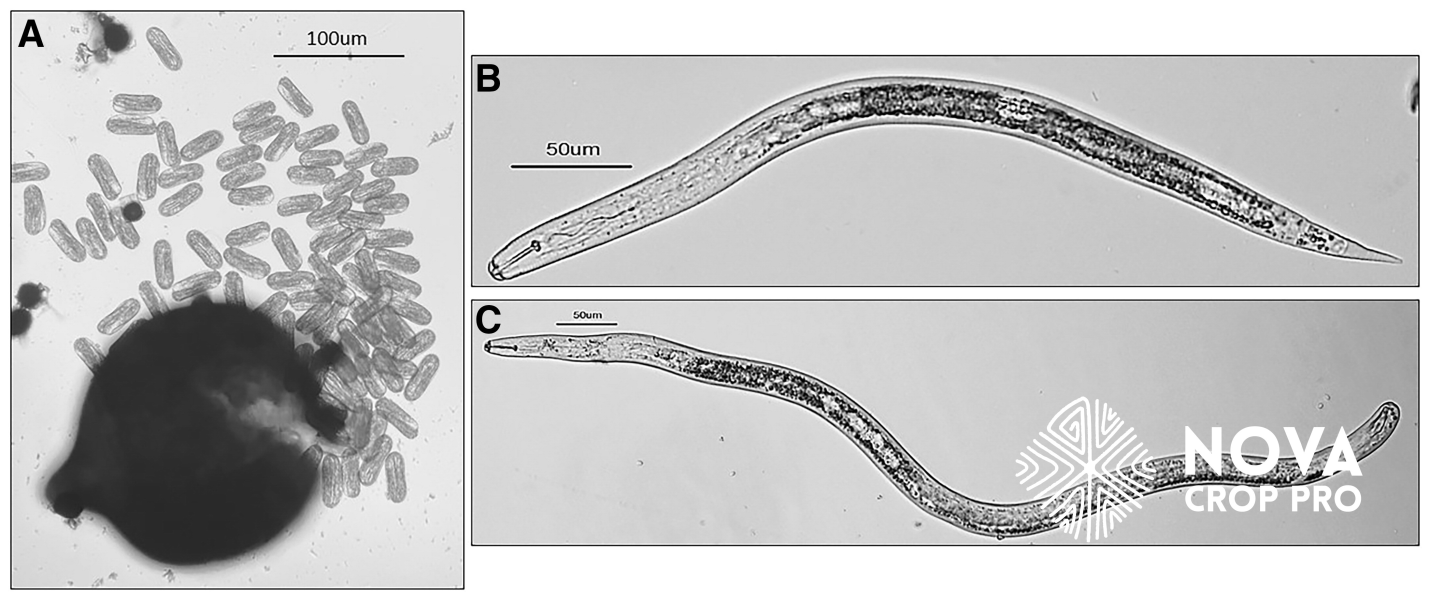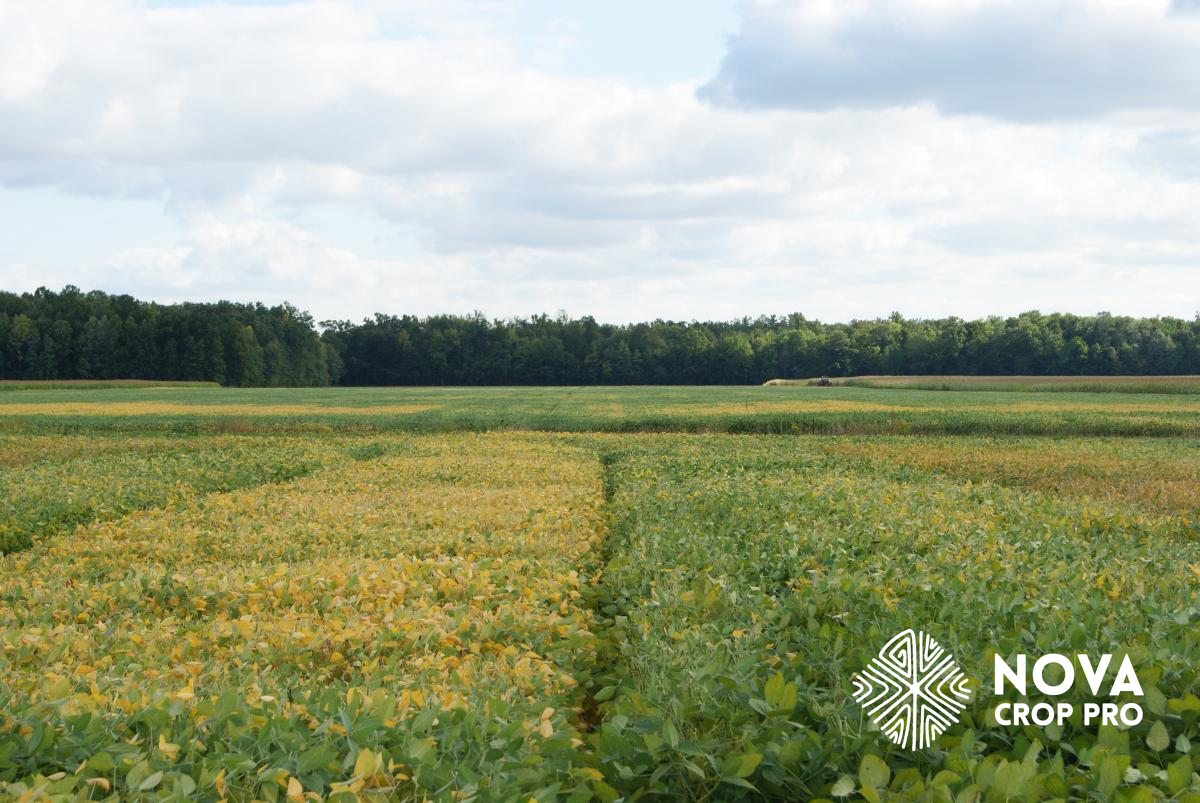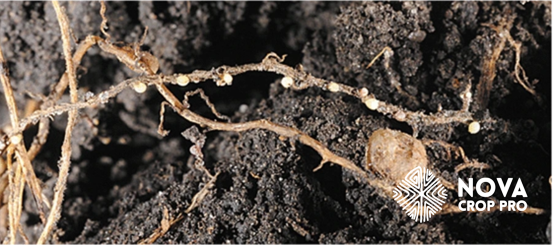
As a soybean farmer or agricultural professional, you're likely familiar with the challenges of maintaining a healthy crop. But there's one microscopic menace that might be lurking beneath the surface, silently sabotaging your yield: the Soybean Cyst Nematode (SCN). Let's dive into this critical issue and explore how you can protect your crops
Introduction to Soybean Cyst Nematode (SCN)
Soybean, one of the world's four main grain crops, is a crucial player in global agriculture. However, it faces a formidable foe in Heterodera glycines, commonly known as the Soybean Cyst Nematode (SCN). This microscopic roundworm is one of the most disruptive plant pathogens, capable of drastically reducing soybean yields.
Symptoms and Identification of SCN
Above ground, plants grow poorly and look yellow. They flower late and make fewer pods. Underground, the main roots don't grow well, but tiny roots increase. There are fewer nodules that help the plant get nutrients. The clearest sign is small, white or cream-colored female nematodes on the roots. You can see these about a month after planting. These signs show that SCN is damaging the crop, so it's important to check for them early.

Tackling SCN requires a multi-faceted strategy:
Biological Control: Use beneficial micro-organisms to protect crops from pests. Coat soybean seeds with a mix of beneficial bacteria and fungi before planting. These include species such as Pasteurella and Paecilomyces lilacinus. As the plants grow, these micro-organisms form a protective shield against pests such as the soybean cyst nematode.

Remember, managing SCN is an ongoing process. Stay informed, be proactive, and don't hesitate to seek expert advice when needed. Together, we can outsmart this tiny but formidable foe!
What strategies have you found effective in managing SCN? Share your experiences in the comments below!